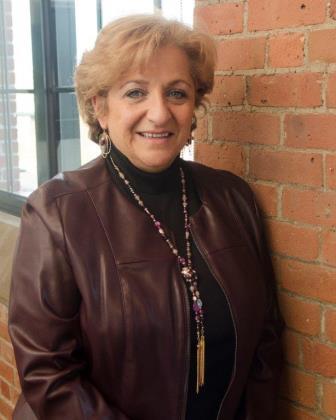Question: I’ve just turned 55, but I’ve always been a planner. What can I do now to prepare my house for living in once I retire?
Answer: Many of us want to age in place, to remain living in our own homes for as long as possible. But what if our homes are not the best place to age? What if we must adapt them to suit our evolving needs? Here are five things to bear in mind about equipping your home for the decades ahead.
Entrances: Your entrances should be welcoming, in every sense of the word. If you have stairs leading to your home, be sure they are well-maintained. Stairs that are broken, uneven, cracked, or wobbly present a marked falling hazard, for you and anyone who visits. All entryways should be well-lit, so you can see where you’re stepping. Installing a grab bar on one side of an entrance can aid you in balancing while unlocking the door and stepping up over the threshold, especially if you’re carrying a big bag of groceries.
Bedroom and bathroom accessibility: If you live in a home where your bedroom is upstairs, you might want to shift your sleeping quarters to the first floor, providing you have a bathroom on that floor. Experts recommend a home with a bedroom and bathroom on the first floor for those wishing to age in place. Also, if your bedroom abuts a noisy neighbor, you might move to a quieter corner.
Doorknobs and more: Replacing round doorknobs with lever-style handles inside your home can make your life easier. Doorknobs can become difficult to grip and turn, especially if you have arthritis. Light switches with typical small levers can pose similar problems. Trade these for large, flat switches you can press on and off. Installing handles or levers instead of knobs on faucets can make sinks and tubs more user-friendly as well.
Kitchen issues: Kitchen shelves should be within easy reach. You should be able to retrieve that crockpot without balancing on a stool, a big falling risk. Any kitchen counters and islands ought to be readily accessible. And drawers should be high enough so that you’re not forced to bend over when rummaging for that oven mitt.
Bathroom modifications: A bathroom, like your bedroom, should not be a climb away. It’s best if both are on the same floor as your living quarters. The Senior List recommends buying a spray attachment for your shower head. This can allow you to control the volume of water and sit while you shower, reducing the chance of falling. Skid-proof mats in the tub or shower and on the adjoining floor cut the possibility of slipping on wet feet. Many seniors replace bathtubs or standard showers with walk-in showers equipped with a gate, eliminating the awkward step over the tub rim and making the shower wheelchair-accessible. Grab bars bolted in the tub or shower and on both sides of a toilet aid seniors in steadying themselves. Fixing a lightweight raised extension onto the toilet can make it better to use, given that most are built so low to the floor.
Alarm systems: Medical alarm systems allow users to press a button and summon help—from a call center or a personal contact—in the event of an emergency, such as a fall. Such systems are more reliable than depending upon a smart phone, which people don’t always carry around the house. In addition, many home alarm systems now come equipped with emergency call buttons. And some seniors create informal check-ins by phoning or emailing each other daily.
Ask yourself: if you eventually begin using a wheelchair, could you navigate successfully through your current home? Are key spaces sufficiently wide? Finally, if your home needs major repairs or improvements, try to get these done while you’re still working, before retirement may reduce your income. It’s great that you’re proactive. Good luck!
Are you struggling to care for an older adult or having difficulty locating resources? Our experienced staff is available to help. Visit us online at www.ESMV.org for more information. You can also call us at 1-800-892-0890 or email ageinfo@esmv.org. Joan Hatem-Roy is the Chief Executive Officer of Elder Services of the Merrimack Valley and North Shore.

